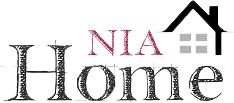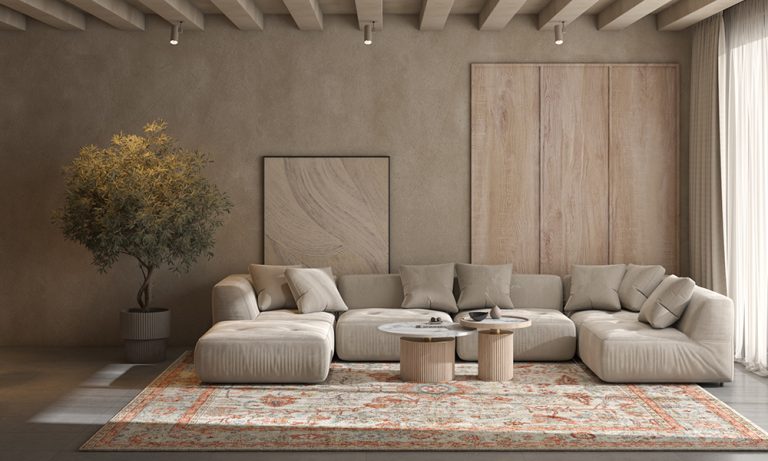
Baby change tables are vital installations in nurseries daycare centers and public restrooms offering a secure and convenient area for diaper changes. Nonetheless prioritizing the safety and quality of fixture is crucial to safeguard infants from potential risk. In Australia rigorous standards govern the design construction and installation of baby changing tables to ensure the safety and comfort of both babies and caregivers.
Australian Standards for Baby Change Tables
Australia regulatory framework for baby changing tables is overseen by multiple authorities such as the Australian Competition and Consumer Commission (ACCC) and Standards Australia. These entities work together to establish and uphold standards governing the production distribution and utilization of baby changing tables nationwide.
AS 4684:2010 serves as the principal standard delineating the prerequisites for baby changing tables in Australia. This standard encompasses diverse facets including design parameters material requirements safety features and installation protocols. Its objective is to guarantee that baby changing tables adhere to specified criteria regarding stability robustness longevity and cleanliness.
Design and Construction
A pivotal facet of Australian standards concerning baby changing tables pertains to their design and construction specifications. These tables must be engineered to furnish a stable and secure surface for diaper changes featuring a flat and sleek top surface complemented by raised edges to deter accidental rolling off by infants.
Moreover baby change table should be crafted from resilient material capable of enduring frequent usage and combined weight of both baby and caregiver.
Safety Feature
Safety is paramount when it comes to baby change tables. Australian standards mandate the inclusion of various safety features to minimize the risk of accidents and injuries. These features may include:
- Safety Straps
To enhance safety during diaper changes baby change tables should be outfitted with safety straps or harnesses to secure the baby mitigating the risk of falls or accidental slipping from the table.
- Smooth Edge
To avert cuts bruises or scratches all edge and corners of the change table should be smooth and rounded.
- Load Capacity
The table design should accommodate a defined weight capacity to guarantee stability and forestall collapse.
- Microbial Surface
To uphold hygiene standards baby changing tables might incorporate antimicrobial surfaces which hinder the proliferation of bacteria and fungi.
Installation Guidelines
Ensuring proper installation is paramount for the safety and functionality of baby change tables. Australian standards offer comprehensive guidelines for the installation process ensuring secure mounting to either the wall or countertop. Installers must adhere to manufacturer instructions meticulously and employ suitable hardware to prevent the table from loosening or becoming unstable with time.
Compliance and Certification
Manufacturers and suppliers of baby change table must prove adherence to Australian standards to guarantee their products meet essential safety. This often entails testing prototypes in accredited laboratories to evaluate performance and durability.
Upon meeting all necessary requirements a baby changing table may receive certification from relevant authorities or third party certification bodies. This certification offer consumer assurance the product has undergone rigorous testing and complies with industry standard for safety and quality.
Important of Compliance
Adhering to Australian standards for baby changing tables holds significance for a range of stakeholders including manufacturer retailer childcare facilities and parents. Compliance ensures that these tables are safe dependable and suitable for their intended use thereby reducing the risk of accidents and injuries during diaper changes.
For manufacturer and suppliers compliance with standards bolsters their reputation and credibility in the market. It underscores their dedication to product quality and safety there fostering customer satisfaction and loyalty.
For childcare facilities and parents adherence to standards offers reassurance. It assures them that the baby changing tables they utilize meet rigorous safety benchmarks fostering a secure environment for infant care. This turn promotes the wellbeing and comfort of both babies and caregivers.
Conclusion
Australian standards are pivotal in safeguarding the safety and quality of baby changing tables. They establish precise criteria for design construction safety features and installation effectively mitigating potential hazards and fostering a secure and comfortable environment for diaper changes. Compliance with these standards is imperative for manufacturer retailer childcare facilities and parents. Collectively enhancing safety and wellbeing in infant care settings.





